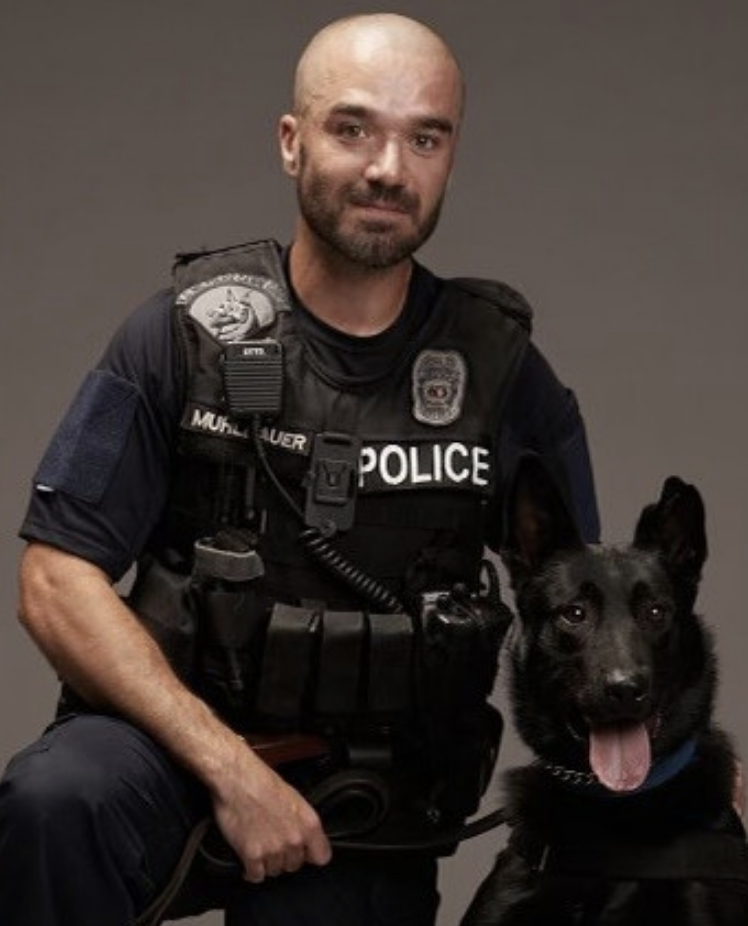
Nikki Lansford
Editorial Assistant
One of Kansas City’s most noteworthy sports teams is heading to the field once more. President of the Negro Leagues Baseball Museum Bob Kendrick announced on Thursday, Jan. 21, a partnership between the museum and the minor league team formerly known as the Kansas City T-Bones.
As part of the licensing partnership, the baseball team will be officially rebranded as the Kansas City Monarchs in honor of the Negro League team that once represented Kansas City many years ago.
Formed in Kansas City in 1920, they were one of the original eight franchises that made up the Negro National League.
Not only were they the longest running team in the league, but also the most successful. They had only one losing season in their 40-year existence, and sent the most players to the Major Leagues than any other Negro League franchise, making them an abosolute model organization, Kendrick said.
Even after the Negro National League ceased operations in 1960, the Monarchs final owner, Ted Rasberry, kept the team playing until 1965. Rasberry bought the team in 1956 and moved its operations to Grand Rapids, Mi., but still retained the name the Kansas City Monarchs.
As part of the new partnership, there will be an incorporation of a small Negro Leagues exhibit to the baseball stadium, as well as the addition of a traveling exhibit. Kendrick said while there is currently no set plan for what these exhibits will look like, he knows they will tell the stories of the original Monarchs. He also hopes to have the ability to rotate different stories into the exhibit in the future.
Other changes will be seen around the ballpark, as well. When the team takes to the field, which is now called the Field of Legends, in the spring, they will be wearing pinstripe uniforms like the original Monarchs once wore.
Furthermore, not only will there be cosmetic work done to the stadium to fit the rebranding, but additional improvements are being made to the ballpark. Mark Brandmeyer, owner of the Monarchs, said they are currently renovating all the suites at the stadium and adding what will be called a Legends Club, which will be similar in nature to the Royals’ Diamond Club, on a smaller scale.
Brandmeyer said all these changes are expected to be completed in time for the season opener on May 18. There are plans to make other additional improvements to the stadium, but the timeline for those has been set back due to COVID-19.
Another aspect to the partnership between the two organizations is the long-term funding for the museum. A portion of every ticket and merchandise sale will go back to the museum, Brandmeyer said.
While Kendrick said he wishes he could take credit for the idea of this rebranding, it was actually Brandmeyer who approached him with the idea.
“I’ll be honest, it totally caught me off guard,” Kendrick said. “This is our flagship brand and we’ve always been very protective of the Kansas City Monarchs … and so, the thought of someone else now trying to bring that brand to life caught me a little off guard.”
Kendrick said the more he discussed with Brandmeyer and his team about the future they saw for the ballpark, the more he opened up to the idea. The process of negotiations took only a little over four months before the deal was officially struck.
For his part, Brandmeyer said the idea for the rebranding of the team really struck when COVID-19 canceled his first season as their owner after buying the team in December of 2019. It allowed the organization to take a beat and think about the brand going forward.
Brandmeyer, who grew up hearing stories of the original Monarchs from his father and grandfather, who attended their games, realized the rebranding to the Monarchs could really make a positive impact on Kansas City.
Both organizations are optimistic about this partnership being a win-win situation. For the museum, they’re hoping to garner more attention and awareness to the history they have been trying to preserve since they opened in 1990.
“I think we will gain a new fan base, and if you gain a new fan base you potentially gain a new support base,” Kendrick said. “And we need both of those.”
Kendrick said not only is the museum looking to reach a wider fan base, but particularly a more youthful one that is not typically seen coming to the museum. Brandmeyer and his team may be able to aid him in these efforts through a program they are currently developing called the Monarchs Youth Academy.
The academy will provide its students with knowledge on both baseball and softball, and provide the opportunity for internships in sports. Curriculums are being designed for the educational programs on the sports, and on Negro League Baseball.
Brandmeyer said there is no set timeline for this educational program to be completed, but the Monarchs’ vision is that every high schooler would have access to learn the story of Negro Leagues Baseball.
For Brandmeyer, he is hoping the rebranding will bring some new attention and excitement to the minor league team, which has seen a decline of attendance in the last few years.
“How do you make sports more interesting? I think sports stories are how you do that,” Brandmeyer said. “People tell the stories and have the lore, and that’s what makes the game fun.”
The museum and the new Monarchs have set out to do something never seen before. While many baseball teams, such as the Kansas City Royals, have honored the Negro Leagues in one of their games during each season, never before has a team represented the league on a daily basis.
While both organizations are looking forward to what the partnership has in store for them, each emphasized the need to have community support to make this work.
“We can’t do this by ourselves,” Brandmeyer said. “We need community support, both businesses and individuals, to go out and buy season tickets and ticket packages and then call us for sponsorship opportunities.”



















